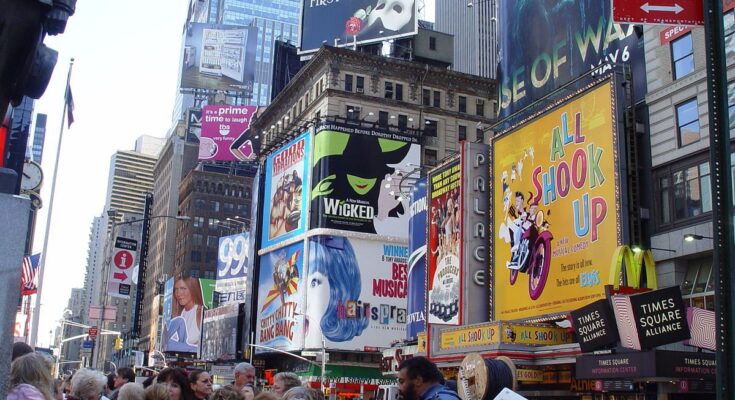Greek American William “PoPsie” Randolph (May 15, 1920 – October 1, 1978) nicknamed “the legend of Broadway” was a well-known photographer and photojournalist who gained prominence in the music industry.
Throughout his career, he took iconic images of many famous musicians and entertainers, particularly in the jazz and rock ‘n’ roll scenes from 1945 to 1975.
Quincy Jones called him “An icon of the American popular music industry.”

He documented the transformation of popular music from jazz and big band music to rock and roll, rhythm and blues. He photographed everyone from Benny Goodman and Billie Holiday to Elvis Presley, the Beatles, Jimi Hendrix, and the Rolling Stones.
He also photographed all of the major teen idols through the years from Eddie Fisher and Tab Hunter to Frankie Avalon, Jimmy Clanton and Fabian.

PoPsie was born William Sezenias to Greek immigrant parents in New York City in 1920. Being exposed to musicians through early jobs as a towel boy and shoeshine boy, PoPsie was attracted to the entertainment lifestyle and became a manager of swing-era bands in the 1930s.
He worked his way up to become Benny Goodman’s band manager. Benny and PoPsie had a very close relationship, acting like brothers. PoPsie was even featured in the movie Sweet and Lowdown which starred Benny Goodman in 1944. His character was played by actor Jack Oakie.
By the mid-1940s, PoPsie had married a showgirl and was ready to settle down in New York. He told Benny Goodman that he was interested in photography and Goodman gave him his first camera as a wedding gift. With his connections in the music business, PoPsie built up an impressive clientele of photography subjects.
PoPsie spent his career as a photographer on the streets of New York City at recording studios, jam sessions, concert halls and nightclubs. He was a huge music fan and spent hours and hours taking portraits of musicians and singers at his photography studio on Broadway near the Brill building. His photos appeared frequently in Billboard, Record World and Rolling Stone magazines.

Greek American legend of Broadway gets the “PoPsie” nickname
How did William Sezenias become William “PoPsie” Randolph? William got his nickname “PoPsie” during one of his early jobs at a nightclub. The Greek waiters were not happy with how loud PoPsie was and used to tell him “Popsie vreh!” (Πάψε βρε!) meaning “Shut up!” or “Pipe down!”. The bandsmen heard this and started calling him “PoPsie” and the name stuck.
In Chicago in 1945, PoPsie was working with Benny Goodman’s band serving as their manager. The band was playing at the Chicago Theatre and PoPsie had to make hotel reservations in a hurry, so he went outside the theater to a phone booth to call the hotel. Tired of spelling out his Greek last name to the operator, he looked up to see the Randolph Street sign and said his last name was “Randolph.”
PoPsie’s son, Michael, recalled tagging along with his father to all the major TV studios in New York to photograph guests on shows like American Bandstand and The Ed Sullivan Show. With an office located in the heart of New York’s entertainment district, Popsie was available to capture spontaneous moments on film as well, like Frank Sinatra at Sardi’s restaurant or Barbra Streisand during the recording of Funny Girl.
PoPsie decided to retire in the 1970s to Arizona. However, he died soon after relocating in 1978 at the early age of 57.
Thirty years after his death, PoPsie’s son, Michael Randolph, published a book on PoPsie’s photography called PoPsie NY: Popular Music through the Camera Lens of William “PoPsie” Randolph. The book features highlights from the 100,000 negatives PoPsie left behind when he died. For more information about PoPsie, visit



